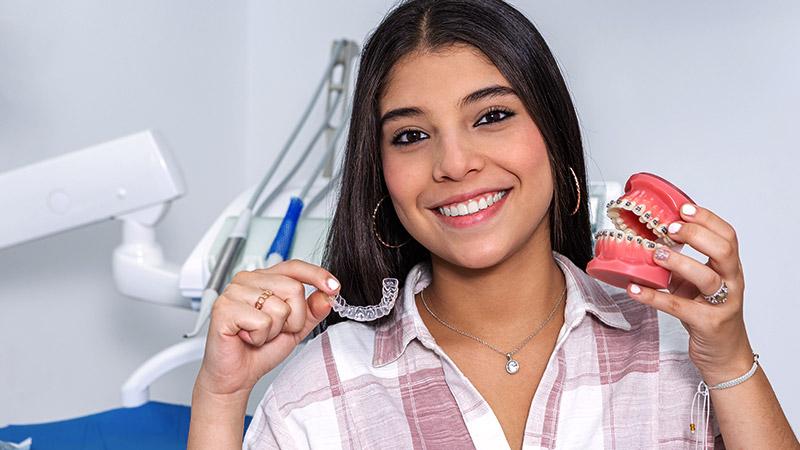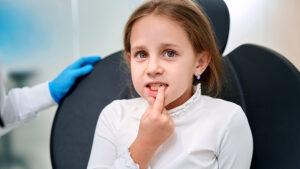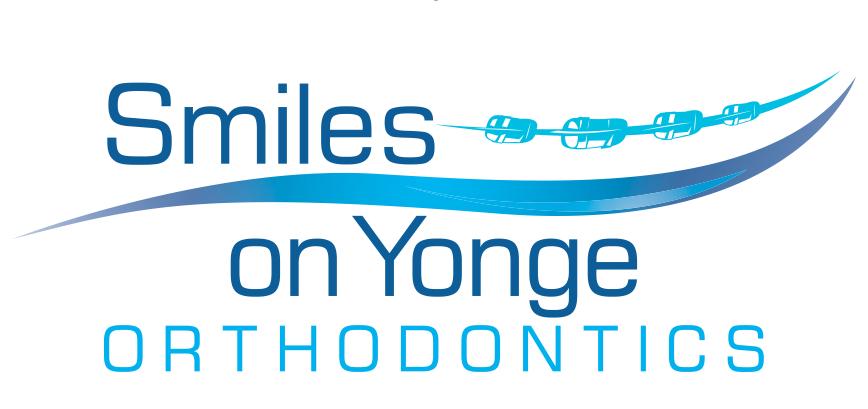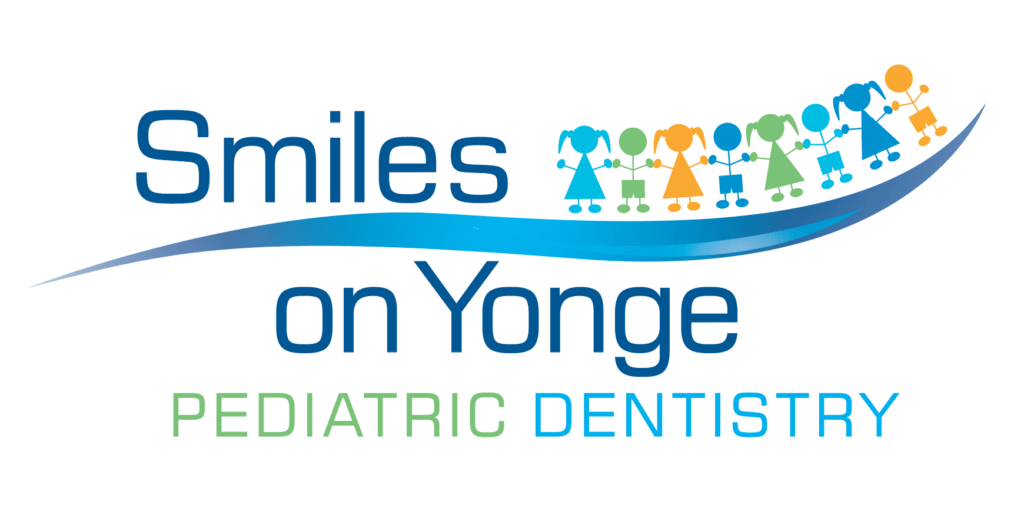
ORTHODONTICS
Orthodontic Appliances

Smiles On Yonge: Nurturing Smiles Through Orthodontic Solutions
Palatal Expander
Appliances such as the Palatal Expander, commonly known as a Rapid Palatal Expander, are used to widen the upper jaw. This will allow the top and bottom teeth to fit together properly. The appliance works best for patients under 15 because up to this age, the bones in the jaw are still flexible.
The expander has a screw that attaches to the teeth by bands which wrap around, and it’s activated by turning the screw with a key. As the upper jaw is widened by the expander, it allows a space to develop between the front teeth.
This space will usually close by itself within a month’s time. Once the expansion has been successful, the expander will remain in the mouth for about four to six months to stabilize before it is removed.
Twin Blocks
Twin blocks are another appliance which incorporate the use of upper and lower bite blocks. They are used to position the lower jaw forward to correct certain conditions. This orthodontic appliance is starting to be seen more often because it is highly functional.
Headgear
Headgear is another tool we use to make more space for teeth to come in. It can be attached to the upper molars using headgear bands and tubes. This helps to draw the molars backward into the mouth, which will then open up space for the front teeth also to be moved back. The front teeth will be shifted backward using braces and bands.
Headgear is most often used for correcting anteroposterior discrepancies in Cl II malocclusions This is meant to slow or stop the upper jaw from growing, and can be used either to prevent or to correct an overjet.
The headgear will attach to the upper molars using a facebow. A neck strap or a headcap is used to anchor the headgear to the back of the neck or head.
It also has a slight effect on the young or adult patient’s speech. While this appliance is installed, it’s recommended you stay away from any hard, sticky food. These foods may break your holding arch. Make sure you’re also brushing all parts of the holding arch along with your teeth.
Facemask
The facemask is an appliance commonly used in the early treatment of Class III malocclusions where the upper jaw is anteroposteriorly (front-back) deficient. It is designed to apply forward and downward traction on the upper jaw.
A metal bar acts as a framework to maintain support to the forehead and chin. An extraoral force is applied through two elastics attached to hooks mounted on a fixed intraoral appliance (usually a palatal expander) toward an adjustable bar attached to the vertical framework.
Temporary Anchorage Devices
Temporary anchorage devices are very small titanium screws (mini-screw) or titanium plates that are placed into the jawbones to serve as anchors to make some complicated tooth movements possible. TADs are removed after the completion of orthodontic treatment.
Some tooth movements that are very hard or even impossible without this orthodontic appliance include: intruding an opposing molar to make room for a bridge, uprighting a tipped molar to make space for an implant and distalizing the upper molars to correct the overjet.
Placement of TADs is a simple procedure which is performed either by an orthodontist or an oral surgeon or periodontist.
Elastics
Elastics are commonly used with the braces. During various times of treatment, the elastics/rubber bands are used to help individual tooth movement and the aligning of the jaw. They must be worn at all times, especially while eating.
Orthodontic appliances FAQs
Orthodontic appliances are devices designed to address dental and facial irregularities in children. They play a crucial role in aligning teeth, correcting bite issues, and fostering optimal oral health.
Yes, Smiles On Yonge offers a range of orthodontic appliances specifically designed for children. These may include braces, retainers, expanders, and other innovative solutions tailored to address various orthodontic needs.
Dr. Rashed oversees the entire treatment process. From the initial evaluation to the fitting and adjustment of orthodontic appliances, Dr. Rashed ensures a personalized and comfortable experience for each child.
Children should undergo an initial orthodontic assessment around the age of 7. Early intervention allows an orthodontist to detect and address potential issues, ensuring more effective and timely treatment.
The duration of treatment with orthodontic appliances varies based on individual cases. Factors such as age, the complexity of the case, and treatment adherence contribute to the overall timeline.
Yes, our clinic understands the financial considerations of orthodontic treatments. We provide flexible financing options to ensure accessibility for families seeking orthodontic care for their children. Contact us today for more information.
Clinic Hours
Tuesday
Wednesday
Thursday
Friday
Saturday
9:30am – 6:30pm
8:00am – 4:00pm
9:30am – 6:30pm
10:00am – 4:00pm
by appointment only
Other Orthodontics Services
SEE INSIDE OUR OFFICE
Welcome to your trusted Ortho-Pedo Practice in Richmond Hill
Smiles on Yonge
Monday: 8:00am - 4:00pm
Tuesday: 9:30am - 6:30pm
Wednesday: 8:00am - 4:00pm
Thursday: 9:30am - 6:30pm
Friday: 10:00am - 4:00pm
Saturday: by appointment only
Keep in Touch!
Recent Posts


How can parents help prevent tooth decay?

Mamelons

Aftercare: How Soon Can I Brush My Teeth After A Filling?
Contact Us
Privacy Policy | Terms of Use | Sitemap
A Dentistfind Website


